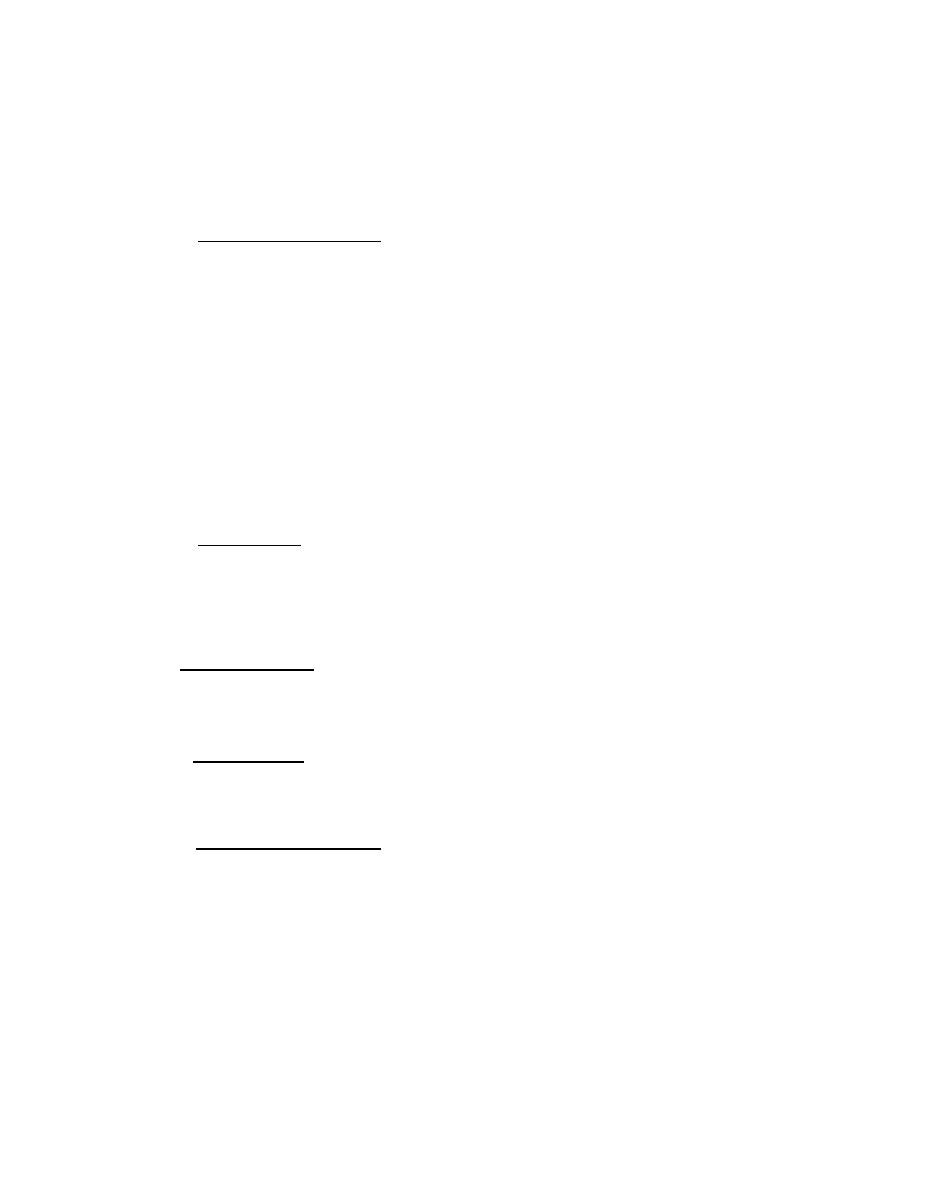

Custom Search
|
|

|
||
 MIL-HDBK-1027/3B
d) Area E. Applies to field artillery cannon. Hazardous during
indirect firing because of overpressure, noise, and ground and muzzle debris.
Area E shall be unoccupied during all conditions of direct fire. During
indirect firing, personnel must be protected by splinterproof cover.
a) Area F. Subject to hazards from back blast from recoilless
rifler, rocket launchers, and missiles.
6.4.2
Surface Danger Zone. For firing at fixed or moving terrestrial
targets, the surface danger zone consists of the impact area and the areas in
Figure 9 as A, B, C, D and E. Figures and tables are reference8 to MCO
P3570.1A. Variations in dimensions A, B, C, and E for 105 mm howitzer, 155 mm
howitzer, 175 mm gun, and (1-inch gun are given in Table 11-1.
Surface danger zone criteria and variation8 in distance "X" and
dimension "Y" for 90 mm gun and 105 mm howitzer firing antipersonnel-type
"Beehive" cartridges are given in Figure 11-4 and Table 11-6. Surface danger
zone criteria and variations in dimension "A" (lateral ricochet distance) and
dimension "B" (downrange ricochet distance) for M31 field artillery trainer
firing 14.5 mm ammunition with charge 1 propellant are given in Figure 11-5
and Table 11-7.
Surface danger zone criteria for M/12 cannon launched guided
projectile "Copperhead" are shown in Figure 11-6 and Figure 11-7.
6.4.3
Impact Area. For field artillery cannon firing in direct or
indirect mode, the dimensions of the impact area shall be not smaller than
plus 8 and minus 12 range probable errors in depth by plus or minus 8
deflection probable errors in width, measured from the perimeter of the target
area. For this computation, use the probable errors contained in the firing
table corresponding to the range and related to the center of the impact area.
6.4.4
Maximum Range. Distance X for field artillery cannon shall be not
less than the maximum range of weapons to be fired. In low-angle fire, this
distance shall be not less than the range of the weapon corresponding to an
elevation of 15 degrees (267 mils) for the charge used.
6.5
Tank Cannon. Criteria for designing projectile ranges for tank,
M551, and CEV-mounted projectile firing weapons are given in the following
paragraphs for 90 mm, 105 mm, and 152 mm (conventional ammunition) guns;
152 mm SHILLELACH missile; and 165 mm Combat Engineer Vehicle (CEV).
Surface Danger Zone. The requirements for impact areas, danger
6.5.1
areas, and ricochet areas for tank, M551, and CEV-mounted cannon vary
considerably from the range requirements for any other type of weapon because
of the flatter trajectory and high muzzle velocity of tank cannon. Determine
surface danger zone for 5 degrees (89 mils) maximum quadrant elevation for
type of weapon to be fired. (See Figures 12-1, 12-2, 12-3, and 12-4, MCO
P357O.1.A.)
93
|
 |
|
 |
||